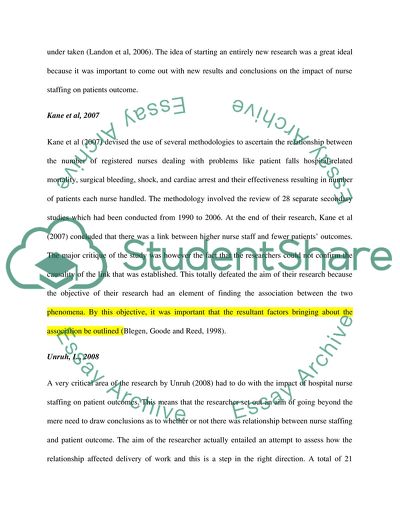Cite this document
(Nurse Staffing and Patient Outcome Literature review, n.d.)
Nurse Staffing and Patient Outcome Literature review. https://studentshare.org/nursing/1780202-critical-appraisal-of-literature-review-about-the-association-between-nurse-staffing-and-patient-outcomes
Nurse Staffing and Patient Outcome Literature review. https://studentshare.org/nursing/1780202-critical-appraisal-of-literature-review-about-the-association-between-nurse-staffing-and-patient-outcomes
(Nurse Staffing and Patient Outcome Literature Review)
Nurse Staffing and Patient Outcome Literature Review. https://studentshare.org/nursing/1780202-critical-appraisal-of-literature-review-about-the-association-between-nurse-staffing-and-patient-outcomes.
Nurse Staffing and Patient Outcome Literature Review. https://studentshare.org/nursing/1780202-critical-appraisal-of-literature-review-about-the-association-between-nurse-staffing-and-patient-outcomes.
“Nurse Staffing and Patient Outcome Literature Review”. https://studentshare.org/nursing/1780202-critical-appraisal-of-literature-review-about-the-association-between-nurse-staffing-and-patient-outcomes.


